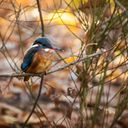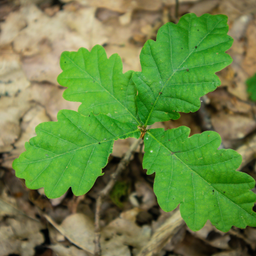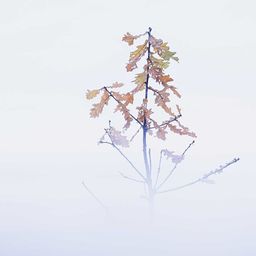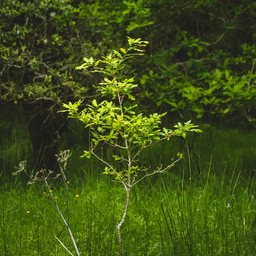About Peyrat-de-Bellac Forest
About Peyrat-de-Bellac Forest


Key information
Project start date: May 23, 2023
Certification: (In progress)
Land area: 61 ha
Social action: none
Biodiversity features: Wetland - meadow - hedge - stream
Temporarily closed to the public, the reopening is scheduled on 01/04
EcoTree’s initiatives
EcoTree’s initiatives
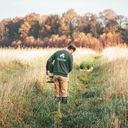
Our trees available for purchase
Discover the trees that inhabit the forest, become owners and support their sustainable management


EcoTree’s actions for biodiversity
EcoTree’s actions for biodiversity
